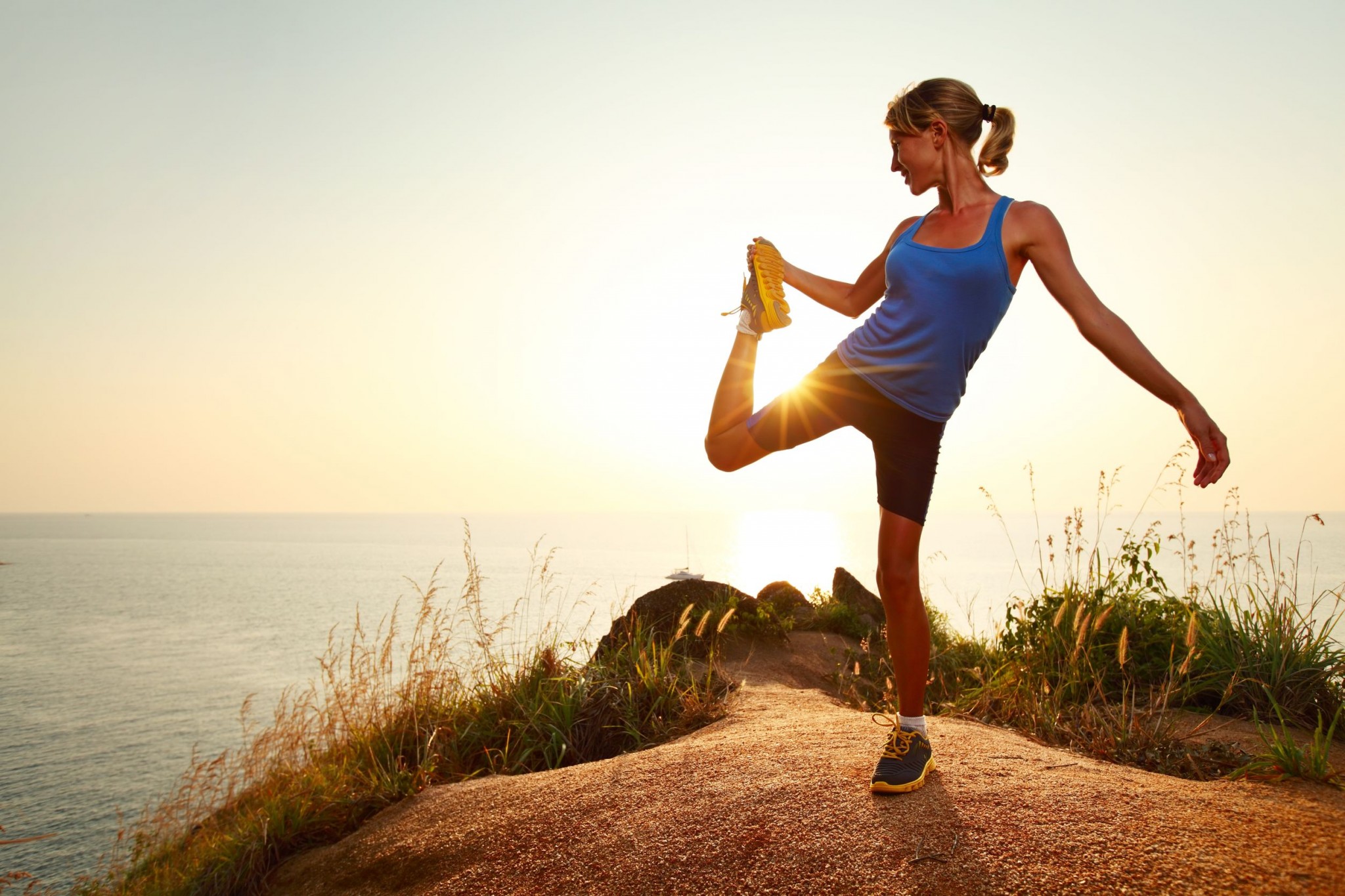One of the most common forms of stretching used today is static stretching. It involves holding a muscle in a stretched position for several seconds.
There are so many different ways to perform these stretches but before we get into that, let’s dig deeper and understand how they benefit us.
[pullquote]Static stretching, as the name suggests is when you hold a muscle in an elongated (stretched) position for anywhere between 15-30 or even 60 seconds. This form of stretching is majorly used for improving flexibility and faster recovery after an intense physical activity.[/pullquote]
Stretching out the major muscle groups is often incorporated as an essential part of a cool-down. Done correctly, they help an athlete relax, combat muscle soreness and get ready for the next challenge.
Static stretching is also known to increase muscle tolerance (as it’s held in tension) which in turn minimizes the risk of an injury.
Benefits of static stretching:
- Improves flexibility
- Minimizes risk of an injury
- Reduces recovery time by alleviating muscle soreness
- Increases blood flow and nutrients supply to the joints
- Regulates body temperature and heart rate
- Improves performance
Examples of static stretches and when to do them:
As mentioned earlier, static stretches are best performed after a workout or a competition when the muscle fibres and ligaments are warm. Stretching before a physical activity is like stretching a frozen rubber band. It will only weaken the fibres and diminish athletic performance.
Hold these stretches for anywhere between 15 to 30 seconds (or more)
- Neck stretch: Place your left hand on the right side of your head and pull till you feel a stretch on the right side of the neck. Repeat on the other side.
- Tricep stretch: With the right hand extended straight up, fold at the elbow and push it down with the other hand till your palms reach your upper/mid back. Repeat on the other side.
- Shoulder stretch: Pull your right arm across your chest with the left hand till you feel a stretch. Hold for at least 15 seconds and repeat on the other side.
- Lower back stretch: Lie down on your back and bend your knees. Bring your knees close to the chest. This will stretch out the lower back.
- Abdominal stretch: Lie down on your belly and lift your upper body up by pushing off using your palms. Keep your shoulders relaxed.
- QL stretch: Sit with your legs crossed. Extend the right-hand overhead and bend your body sideways to your left. Hold for a few seconds and switch sides.
- Seated adductor stretch: In a seated position, extend both the legs to the side making a wide V till you feel a stretch on your inner thigh.
- Lying down hamstring stretch: Lie down on your back with both legs extended straight. Pull one leg straight up towards your chest as far out as possible. Keep your knees soft and repeat on the other side.
- Quadricep stretch: Fold your legs and sit on your heels. Bend backwards without taking the knees off the floor till you feel a stretch.
- Calf stretch: Sit with both legs extended in front. Pull your toes toward your chest. Hold for a few seconds.
Breathe through all of these static stretches. Static stretches should be challenging but should not cause extreme pain. If extreme pain is experienced while performing them, stop and see a physiotherapist.
Always spend 5 to 10 minutes doing these stretches post a workout to benefits from it. Static stretching is a must and should be incorporated in a cool-down routine as it reduces recovery time.
